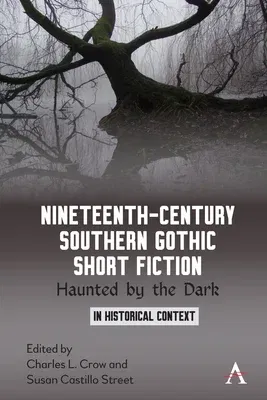The gothic is a dark mirror of the fears and taboos of a culture. This
collection brings together a dozen chilling tales of the
nineteenth-century American South with non-fiction texts that illuminate
them and ground them in their historical context. The tales are from
writers with enduring, world-wide reputations (Edgar Allan Poe), and
others whose work will be unknown to most readers. Indeed, one of the
stories has not been reprinted for nearly a hundred years, and little is
known about its author, E. Levi Brown.
Similarly, the historical selections are from a range of authors, some
canonical, others not, ranging from Thomas Jefferson and the great
historian and sociologist W. E. B. DuBois to the relatively obscure
Leona Sansay. Some of these readings are themselves as disturbingly
gothic as any of the tales. Indeed, the boundaries between fiction and
non-fiction are tenuous in the gothic South. It is our contention that
southern gothic fiction is in many ways realistic fiction, and, even at
its most grotesque and haunting, is closely linked to the realities of
southern life.
In America, and in the American South especially, the great fears,
taboos, and boundaries often concern race. Even in stories where black
people are not present, as in Poe's "The Fall of the House of Usher" and
"The System of Professor Tarr and Dr. Fether," slavery hangs in the
background as a ghostly metaphor. Our background readings place the
fiction in the context of the South and the Caribbean: the revolution in
Haiti, Nat Turner's rebellion, the realities of slavery and the myths
spun by its apologists, the aftermath of the Civil War, and the
brutalities of Jim Crow laws.

